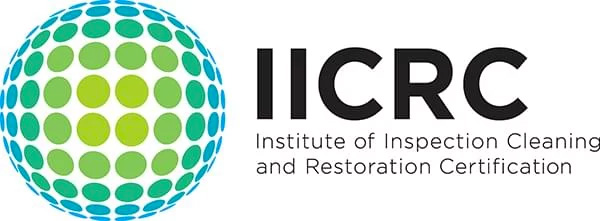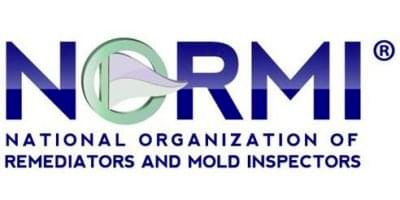Difference Between Mold and Fungus
Mold and fungus are commonly used interchangeably but each has distinct characteristics that make them different from each other. Regardless of their differences, both are known to be harmful for our health and home. That's why homeowners are a little particular in removing them.
So, what’s the difference between the two? Here at Markham Services, we have put together this article so you can easily spot, differentiate, and eliminate molds and fungus in your home.
Where Do They Come From?
The difference between mold and fungus is best understood if you know where they came from and how they grow.
Mold and fungus belong to the kingdom Fungi. Mold is one of the many types of fungus. The main difference is found in the cell structure. Mold is multicellular while fungi can be unicellular or multicellular.
Fungi is important in our lives because it helps in the decay and breakdown of organic matter, such as animals and plants. It spreads through the air surrounding us.
It works together with bacteria to break down organic materials into carbon, oxygen and nitrogen that later get released into the air. When these nutrients spread all throughout the soil, it creates a natural fertilizer. Without the existence of fungi, several grasses and trees wouldn’t be able to survive.
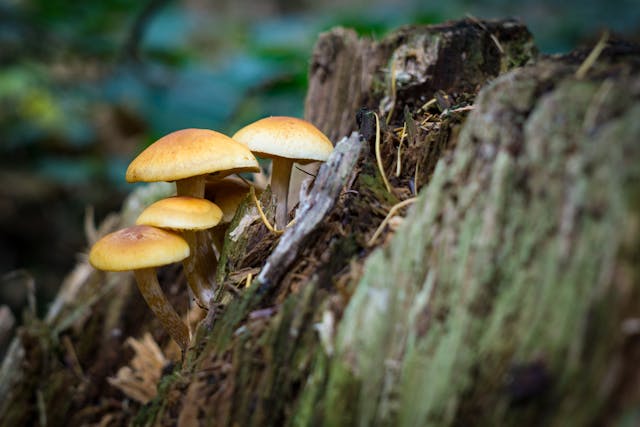
Mold and fungus grow from other mold or fungi. Thousands of other types of fungal spores exist but cannot be seen by the human eye. Spores travel in different ways and can be carried by animals, people, and wind. They grow and multiply in damp and warm places and depending on the type of fungi, they can reproduce sexually or asexually.
Three Main Types of Fungi
There are thousands of fungi but there are 3 main types that are different in appearance and nature.
Mold
One big characteristic that differentiates mold from fungus is its cellular nature. Unlike fungus, mold will always be multicellular. They grow through mold spores and are invisible to the naked eye but when exposed to the perfect environment, it can multiply and become visible.
Mold thrives in damp and humid surroundings which makes it a challenge and a valid cause for concern. While mold is beneficial to nature, it can cause harmful effects or damage to your home or building structure.
Just like all other living organisms, mold also needs food to survive. And when it touches surfaces inside your home, whether the wall, drywall, floorboards, etc., those become the mold’s food source. It is a difficult and tedious process to remove molds.
Mold can reproduce on anything inside the home. Carpets, clothing, walls, food, and other hidden dark spots in your home are perfect breeding grounds.
It can be very expensive and time consuming. And if left alone for too long, the household members may begin to experience skin irritations, allergic reactions, and worse, come into contact with harmful toxins.
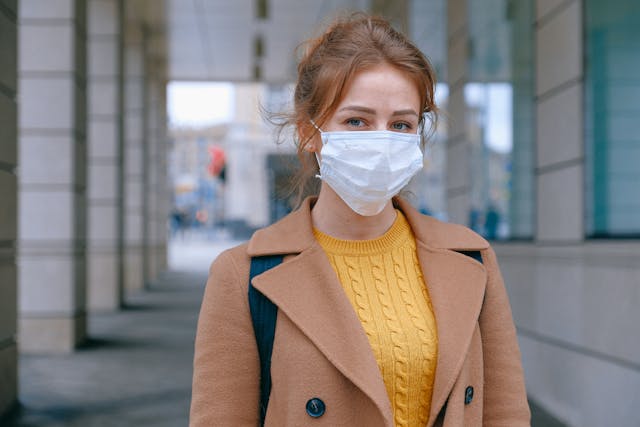
While it is a challenge to deal with mold at home, it has beneficial purposes. Penicillin and other medicines would not have been discovered without the presence of molds. Same with cured meats, cheese, and other tasty foods.
It may be useful for other things, but it definitely isn’t needed inside your home. Make sure to be on the lookout for early signs of mold and prevent it from reproducing at all costs.
Yeast
Yeast is an edible form of fungi. Like mold, yeast was also revolutionary in the discovery of some food and things we now enjoy and use such as beer, bread, and ethanol. Unlike mold, yeast is unicellular and reproduces asexually.
It blooms when it is reproduced because a single cell creates multiple, separate cells. As it buds, it produces a new cell attachment. Ultimately, the cell detaches and has the ability to grow on its own.
The yeast used to create ethanol, wine, beer and bread went through a process called fermentation. As technology evolved, we have been able to produce yeast on a large scale and for various purposes. But having yeast in your home can also be dangerous.
Mushrooms
Mushrooms are fungi that reproduce through fruiting. The part that we see and identify as the mushroom is only part of the whole structure which also has a part that’s hidden underground. The fruit contains spores which are crucial in reproducing mushrooms.
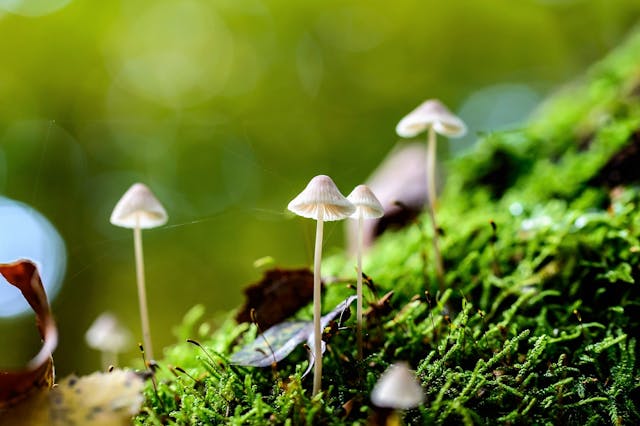
The spores are found on the slits, tubs, or gills on the underside of the mushroom. It spreads through animals and is carried by the wind. The spores remain as such until they reach the right environment, usually on stumps and dead trees. Mushrooms’ ideal surroundings are those that are moist and dark.
Preventing Fungal Growth
Simply put, mold is a type of fungus. While both come from the same source, mold is just one of the many forms of fungi. You will most likely encounter different types of fungi in your home, usually unnoticeable and harmless.
However, when you’re already dealing with molds, it could blow up into a major problem. Remember that molds start as invisible spores waiting to strike at the perfect environment. The good news is you can curb its growth.
Since it can be carried by humans, animals, and air, mold in the house should no longer come as a surprise. When you ensure that humidity is reduced inside your house, mold won’t be able to reproduce.
Make sure that there is enough room for air to circulate, wipe any spilled liquids, and keep your bathrooms dry. Since they love a damp and low-lit environment, you already have an idea where you can prevent its growth.
Bottom Line
If you have discovered that you have a mold problem, reach out to us at Markham Services. We have over 20 years of experience in mold contamination and indoor air quality so you can trust that we can address your mold issue.
We won’t only solve indoor air pollution and improve its quality, but we will also educate you on the causes and preventive measures that you can take. Contact us today at 407-913-6363!
